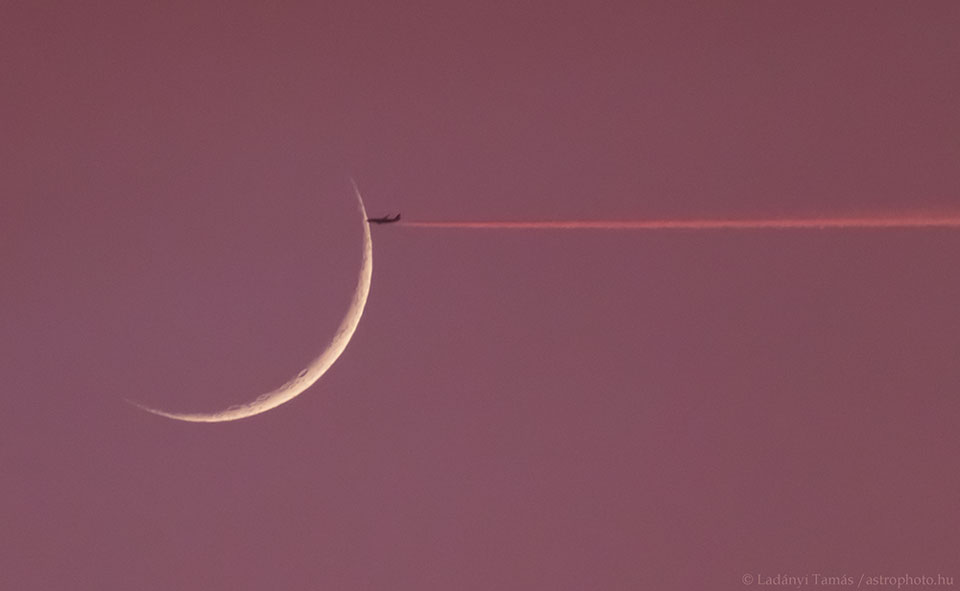A team astrophysicists has observed the unexplained fading of an interacting binary star, one of the first discoveries using the Sarah L. Krizmanich Telescope.
via Science Daily
Zazzle Space Exploration market place
There are advances being made almost daily in the disciplines required to make space and its contents accessible. This blog brings together a lot of that info, as it is reported, tracking the small steps into space that will make it just another place we carry out normal human economic, leisure and living activities.
